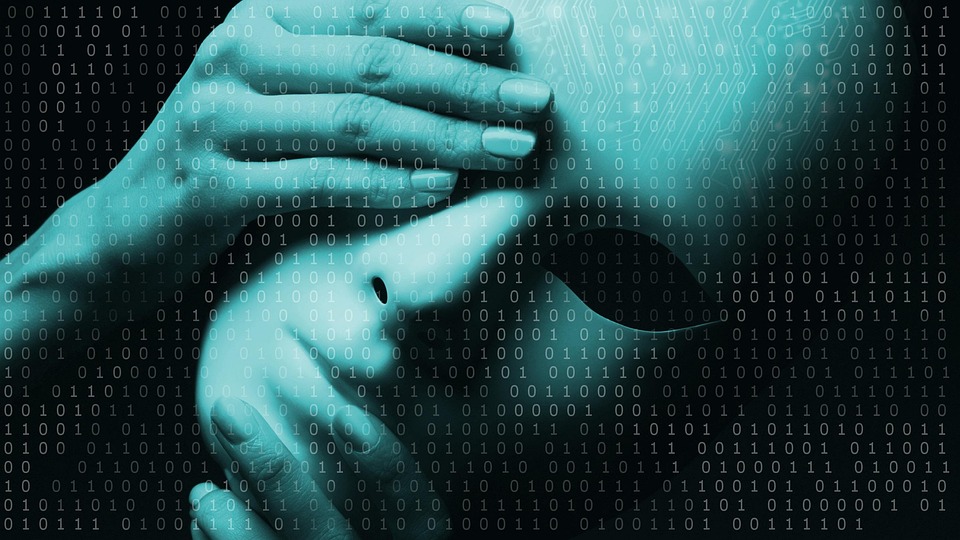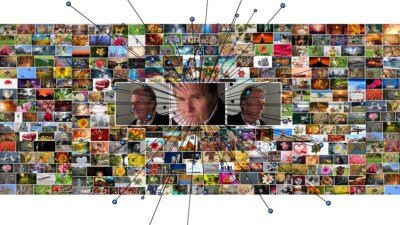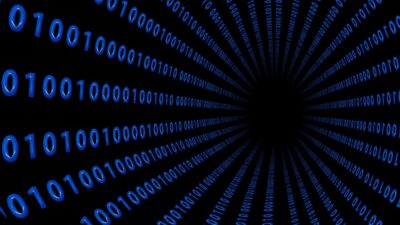The advent of artificial intelligence (AI) is reshaping our world, transforming not just how we work, but also how we collaborate as humans. As we stand on the brink of an AI revolution, it is essential to explore the implications of this technology on the workforce, the workplace, and the future of human collaboration.
The Rise of AI in the Workplace
AI technologies, ranging from machine learning and natural language processing to automation tools, have already begun to infiltrate various sectors, including healthcare, finance, manufacturing, and education. These technologies can analyze vast datasets swiftly, identify patterns, and make data-driven decisions, often outpacing human capabilities. Tasks that were once time-consuming, such as data entry, scheduling, and customer service, are now being automated, allowing human workers to focus on higher-value work.
Efficiency and Productivity Gains
One of the most notable benefits of AI is its potential to enhance efficiency and productivity. According to a report from McKinsey, AI could boost global GDP by about 1.2% annually. Automation of routine tasks frees human workers from mundane responsibilities, enabling them to engage in strategic thinking and problem-solving. For instance, AI-powered chatbots in customer service can handle a myriad of inquiries simultaneously, allowing human agents to address more complex issues that require empathy and nuanced understanding.
Rethinking Roles and Skills
As AI continues to evolve, the workforce must adapt. This adaptation requires a reevaluation of roles and the development of new skills. While some jobs may become obsolete, new roles in AI management, programming, and data analytics are emerging. Continuous learning and upskilling will be crucial for employees to remain relevant in an AI-driven workplace.
Companies are increasingly recognizing the need for a workforce that is not only technically adept but also equipped with soft skills such as critical thinking, creativity, and emotional intelligence. These human-centric skills will complement AI capabilities, ensuring that teams can work collaboratively and innovate effectively.
The Synergy of Humans and AI
Rather than viewing AI as a replacement for human jobs, it is more beneficial to see it as a tool for augmentation. The future of work lies in human-AI collaboration, where both can leverage their strengths for better outcomes. For example, AI can provide data-driven insights that inform decision-making, while human intuition and creativity can guide the application of those insights in real-world scenarios.
In fields like healthcare, AI can assist doctors by analyzing medical images and suggesting potential diagnoses, while the physician’s expertise and empathetic patient care remain irreplaceable. This synergy exemplifies how humans and AI can coexist and complement each other’s strengths.
Challenges Ahead
While the AI revolution presents immense opportunities, it also poses significant challenges. Concerns about job displacement, data privacy, and algorithmic bias are paramount. Policymakers, businesses, and educational institutions must collaborate to address these issues proactively.
Creating ethical frameworks around AI technology usage is essential to ensure that its benefits are distributed equitably. Furthermore, establishing guidelines for transparency and accountability will be crucial for maintaining public trust in AI systems.
Conclusion: A Collaborative Future
The intersection of AI and human collaboration heralds a transformative era in the workplace. Embracing AI as a partner rather than an adversary will enable organizations to harness its full potential and drive innovation. The future of work is not about an AI takeover; rather, it is about humans and machines working together to achieve goals that neither could accomplish alone.
As we continue to navigate this landscape, one thing is clear: fostering collaboration between humans and AI will shape the workplaces of tomorrow, making them more efficient, adaptable, and human-centric. Embracing this paradigm shift is not just a necessity; it is an opportunity to redefine the future of work for generations to come.



